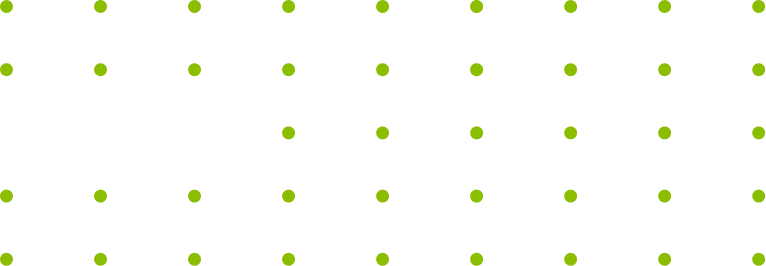Septoplasty Correction of nasal septum deformity



OPERATIONS
Tympanic membrane and ossicle reconstruction Middle ear surgery for inflammatory lesions or cholesteatoma FESS – Functional Endoscopic Sinus Surgery Nasolacrimal duct obstruction Tonsillotomy – “trimming” of palatine tonsils Middle ear tube surgery Adenoidectomy removal of the pharyngeal tonsil Tonsillectomy – removal of palatine tonsils Septoplasty Correction of nasal septum deformityOPERATIONS
A deformed nasal septum is one of the most common ENT diseases. The nasal septum divides the nasal cavity into two parts; it is rarely perfectly symmetrical. Surgical correction of the septum is indicated only when curvature is the cause of significant nasal obstruction.
Reasons for nasal septum deformity are divided into acquired and congenital. The first ones are more frequent due to nasal injury, especially frequent in childhood and adolescence, due to increased physical activity and involvement in contactable sports (basketball, handball, boxing, martial arts, etc.).
Congenital curvature of the septum occurs as a result of unsymmetrical growth of the bony and cartilaginous craniofacial skeleton.
Symptoms of nasal septum deformity are:
– nasal obstruction – a feeling of one- or two-sided nasal blockage
– recurrent infections of the paranasal sinuses and throat and chronic persistent rhinitis
– impaired odor sensation
– snoring
– recurrent hearing disorder caused by difficult balancing of pressure in middle ear
– nasal bleeding
– headaches
Nasal septum surgery is not associated with a change in the nose shape. Nasal septum surgery concerns the septum itself, not the bone scaffold of the nose. Alternatively, an almost imperceptible collapse of the nasal tip may take place. Often, along with nasal septum surgery, a procedure to reduce lower nasal turbinates, called conchoplasty, should be performed.
Septoplasty or surgery of nasal septum deformity is performed via intranasal technique, i.e., the incision is made at the border of the skin and mucous membrane in the nasal cavity, and the scar is not visible later. The procedure consists of removing the cartilaginous and bony elements of the septum that cause its asymmetry.
Next, these elements are properly pressed and inserted back into the septum. The procedure ends with sutures placed on the incision made and nasal tamponade. Classic tamponade consists in laying a strip of gauze in the nasal cavity. Modern tamponades are much less unpleasant for patients. Instead of classic tamponade, dressings that enable nasal breathing or silicone separators that stabilize intranasal septum are used. After 7 days, separators are removed. It is not painful for the patient.

